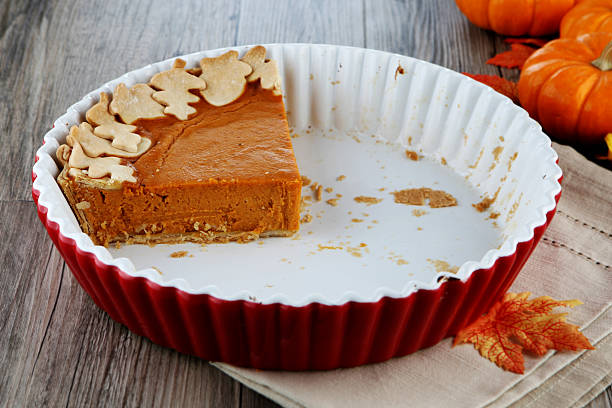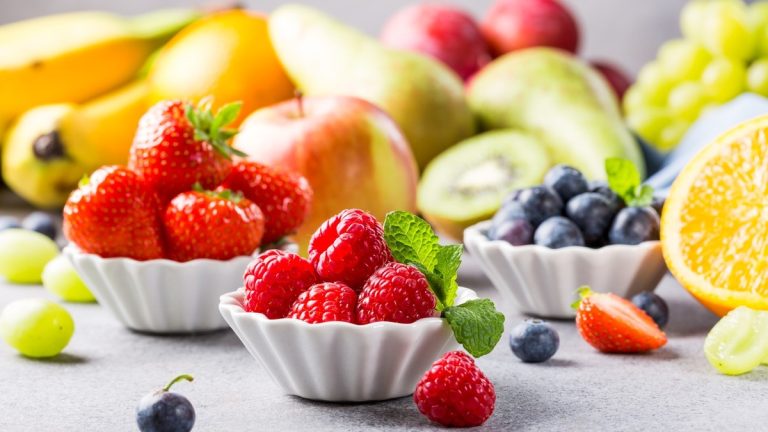A fully automatic coffee machine is the perfect product for anyone who loves the variety of coffee specialties. But can he also prepare a classic filter coffee? We give the answer.
How is coffee prepared in a fully automatic machine?
Coffee is prepared in a fully automatic coffee machine using a pressure brewing system. The coffee powder, which is usually freshly ground for each brewing process, is filtered through a sieve. The method can be compared to the preparation with the portafilter.
The end product, whether espresso or coffee, is influenced by the amount of coffee grounds and water. If little water is pressed through the sieve in relation to the amount of coffee powder, an espresso is created. A normal coffee is also possible, but this is not filter coffee because the preparation works without a filter. If you have a normal coffee prepared from a fully automatic machine, you will receive a drink that can best be compared to coffee from an espresso maker.
There is therefore no classic filter coffee from the fully automatic coffee machine, as these work with a sieve, but there is a “normal coffee”.
What tastes better: coffee from the coffee machine or filter coffee?
There is no general answer as to which method of preparation makes the coffee taste best. That depends in particular on your personal taste. If you want a full and intense coffee taste and like to drink pure coffee without milk anyway, classic filter coffee is probably more recommended. On the other hand, if you love variety and like to grab a latte macchiato or cappuccino, a fully automatic coffee machine is the ideal solution for getting the drink you want quickly.
How good a coffee tastes depends not only on taste preferences, but also on the choice of components such as the beans and the amount used.
How do I get black coffee from the coffee machine?
You can prepare a classic black coffee with almost any fully automatic coffee machine. Even if you use espresso beans in your device, there are various options for this.
Black coffee: Almost every fully automatic coffee machine has a button for black coffee. If possible, set your machine in terms of grinding degree and throughput time so that it tastes good to you.
Espresso Lungo: Behind the Espresso Lungo is an espresso that is brewed with twice the amount of water. As a result, it is extracted significantly more. This means that the water is pressed through the coffee powder for a comparatively long time. This creates a very strong coffee taste.
Americano: An Americano is a double espresso that you dilute with hot water to get the same volume as a regular coffee.

Conclusion
In summary, a filter coffee is not possible due to the construction of a fully automatic coffee machine. Instead of using a filter, pressure and a sieve are used. The extraction time is also different. Nevertheless, a black coffee is one variation among many that a fully automatic machine can prepare. The basic process remains that of an espresso, only the amount of powder and water is changed. Even with this coffee preparation, a normal coffee from the coffee machine tastes aromatic and intense. The decisive factor is always the choice of coffee bean and the right settings. If you don’t value high-quality processed coffee, you shouldn’t expect a wow experience.





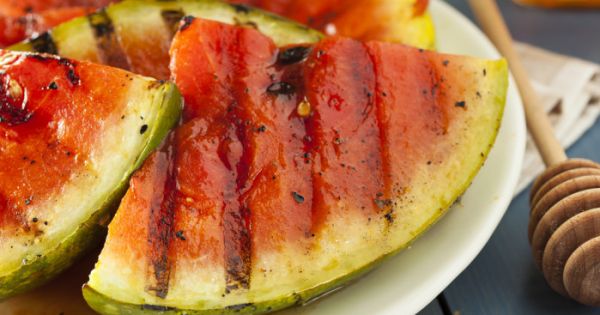
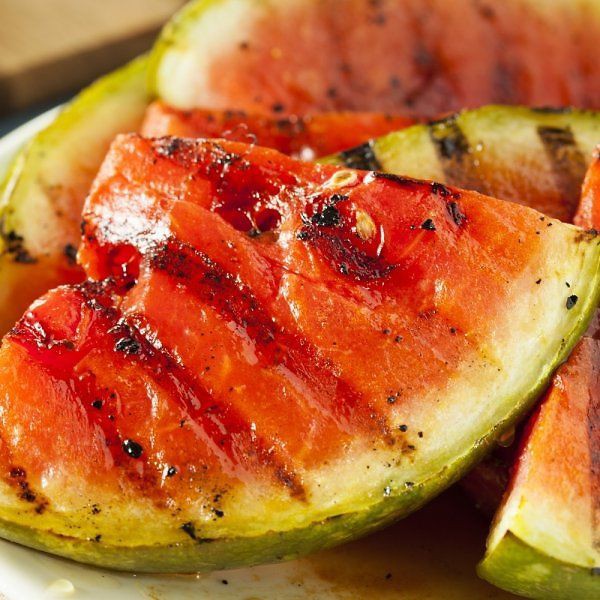






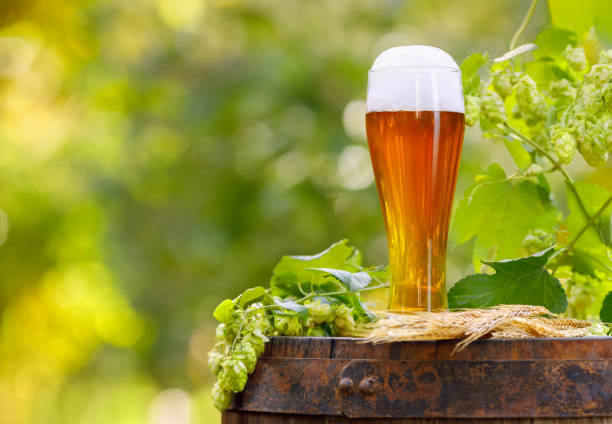 4. Total output
4. Total output

